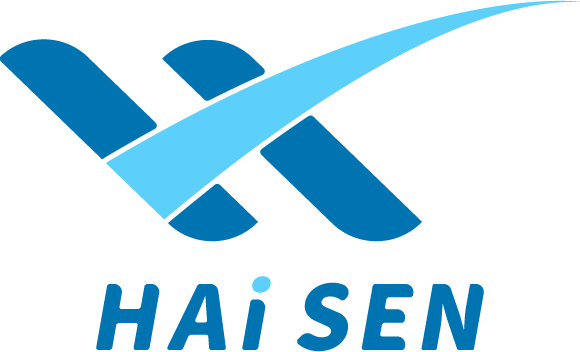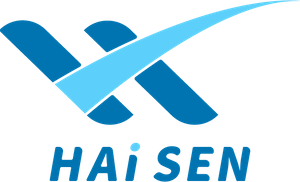
- About Us
- …
- About Us
- About Us
- …
- About Us
Transmissometer
The runway visual range (RVR) serves as the primary basis for determining the minimum takeoff standards, minimum apporach standards, operational classification standards for precision approaches and landings, minimum operation standards, and minimum planning standards. The visible distance of the runway directly impacts whether it can be opened for normal operations and the feasible approach methods available for aircraft.
Based on the ICAO standard algorithm, the new generation of Transmissometers independently developed by Xinlong can accurately calculate the farthest distance at which pilots can see airport runway signs, boundary lights, or centerline lights from the cockpit. This is achieved by measuring the attenuation of light transmission in the atmoshpere and combining the intensity of the airport runway lights with the atmospheric background light brightness.
The system consists of 3 main components:
- The optical transmitting end
- The optical receiving end
- The remote control end
Together, these components enable comprehensive measurement of the runway visual range (RVR) and visibility at the airport.
Product Advantages
The system employs a full-spectrum LED light source to directly measure atmospheric transmittance, ensuring an objective reflection of atmospheric visibility and runway visual range (RVR)
It features an sutomatic identification function for extreme weather conditions (such as strong haze, sand storms, rain, and snow) and a real-time temperature compensation system. This ensures stable measurement data under carying environmental conditions, including seasonal changes and sudden temperature fluctuations.
The system incorporates laser automatic alignment technology at both the transmitting and receiving ends. This ultra-high precision alignment auxiliary system consistently ensures accurate atmospheric transmittance measurements, effectively overcoming alignment difficulties and making maintenance easier compared to traditional transmissometers.
Proprietary window pollution compensation technology is included, allowing for real-time monitoring of window pollution and dynamic compensation based on detection results. This effectively reduces the frequency of maintenance required and provides timely reminders for personnel to clean the windows.
The system is synchronized with a forward scatter and a background brightness sensor for self calibration.
Get Your Free Quote Now!

Copyright ©2025 Hong Kong Haisen. All Rights Reserved.


